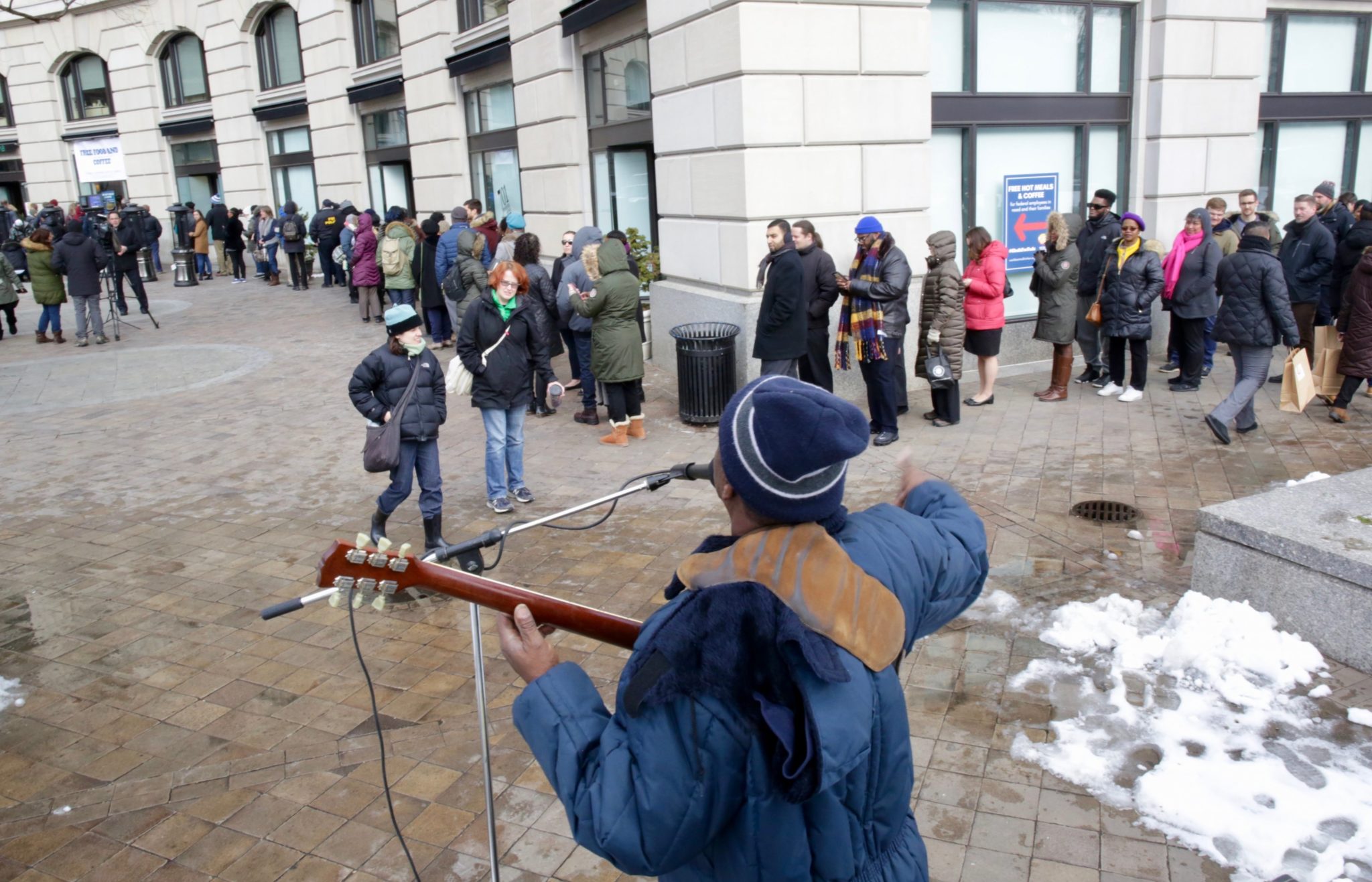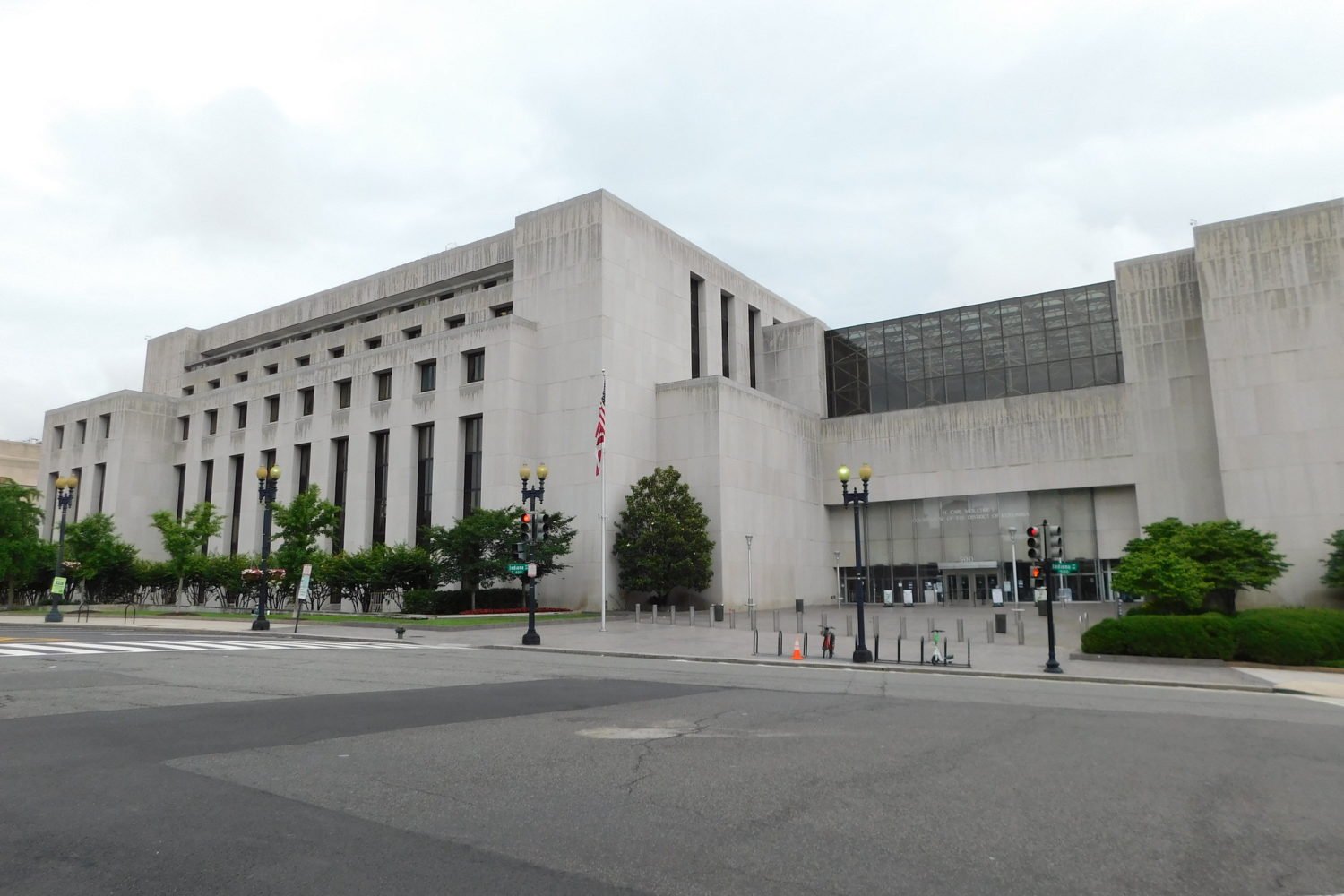The US government will run out of money on September 30. That’s the end of the government’s fiscal year, and Congress must authorize funding to keep the government running before that date. This year, it will also have to vote to raise the government’s “debt ceiling,” which authorizes the US Treasury to borrow to cover Congressional spending. That’s going to be a lift in 2021 for a number of reasons: Senate minority leader Mitch McConnell said earlier this year that Republicans wouldn’t vote to raise the debt ceiling, which Congress suspended in 2019 and which the US will likely hit between October and November.
That leaves Democrats, who control Congress by thin margins, with “only bad options,” Punchbowl News reported Monday morning. They could avoid a shutdown with a “clean” continuing resolution but would have to confront the debt ceiling in October. They could roll the debt ceiling into the $3.5 trillion infrastructure bill, thus handing Republicans a marvelous messaging gift over expenses both parties voted for. And, Punchbowl reports, “There are Republicans who are privately cheering for a government shutdown to interrupt or derail passage of the Democrats’ agenda.”
Shutdowns are expensive—the most recent, a partial shutdown from December 22, 2018, to January 25, 2019, took an $8 billion bite out of GDP, the Congressional Budget Office estimated in 2019. They’re also unpopular with Americans—former President Trump’s disapproval rating rose during the 2018-19 shutdown, which was occasioned by his insistence on border-wall funding. (He eventually caved.) Again and again, attempts to use shutdowns to achieve political ends have proved to be exploding cigars: As Pew Research put it in 2019, “Americans really don’t like it when the federal government shuts down.”
A full shutdown would likely be a catastrophe for the global economy, and shutdowns have an outsize effect in the Washington region, where about 300,000 people work directly for the US government and many more livelihoods depend on its operation. Many feds didn’t get paid for weeks while furloughed during the shutdown, causing some to flock to an emergency kitchen for meals. The tactic took a meat ax to the books of companies that contract with the government, and rippled throughout the local economy a year before the global pandemic hit.
They’re not just unpopular locally, of course. A photograph from the 2013 shutdown of a toddler staring sadly through the gates of Smithsonian’s National Zoo in DC went viral. The shutdown ended a week later with record-low approval ratings for Republicans, which suggests anyone tapping their feet in anticipation of a shutdown should probably check that they’re not about to step on a rake.


















